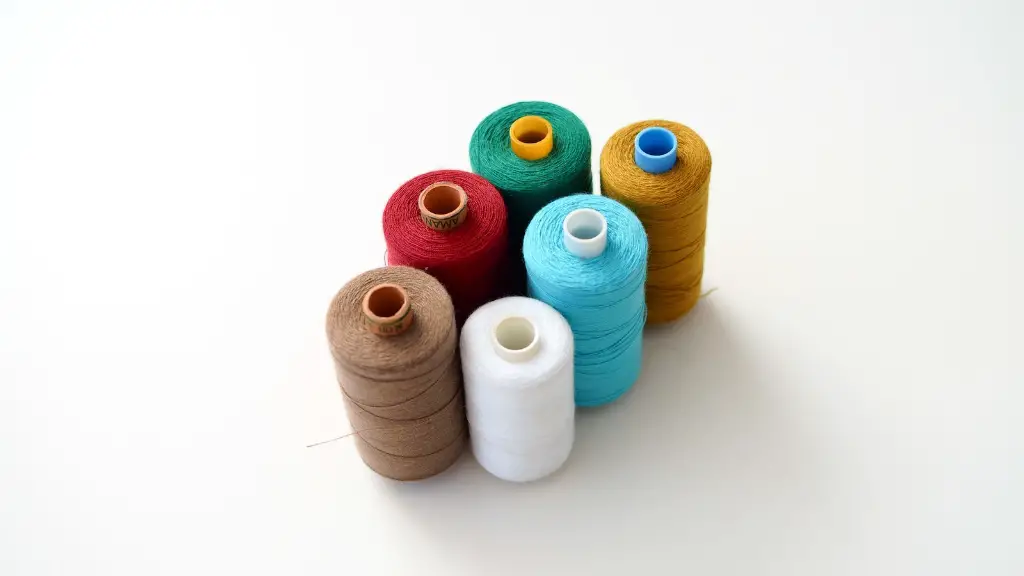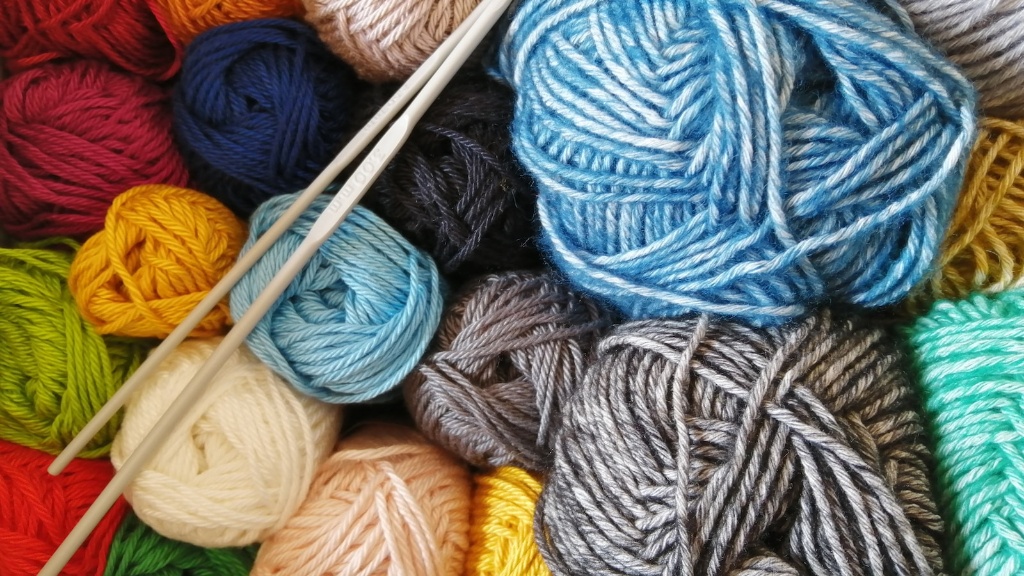Introduction
Cleaning your sewing machine is an important part of maintaining it. Not only does it help keep your sewing machine in good condition, but it also makes sure that it can produce top-quality stitches. Whether you want to freshen your machine up after a period of inactivity, or you just want to make sure it is performing optimally, there are several steps that you need to take to properly clean your sewing machine.
Removing Thread
The first step in cleaning your sewing machine is to remove all the loose threads. This includes threads that have collected in between the feed-dog teeth and on the bobbin case. If they are not properly removed, they will get in the way and affect the performance of the machine. To remove the thread, use a small screwdriver or a small brush to pull them out. You should also make sure to check the tension-discs too, as this is where loose threads can congregate.
Clean the Outside
The next step to cleaning your sewing machine is to clean the exterior parts of the machine. This includes all the buttons and knobs, as these are the parts that are most likely to get dirty. You can use a damp cloth to carefully wipe down all the parts, paying particular attention to the flaky edges and corners. Make sure to never use a hard brush as this can damage the delicate parts of the machine.
Lubricate Moving Parts
After the outside of the machine has been cleaned, the next step is to lubricate all the moving parts. This includes parts such as the bobbin case, thread guides and other components that are prone to wear and tear. You should use a high quality machine oil or grease to lubricate the parts. If you are unsure which oil to use, then check the instructions manual for your sewing machine.
Clean Bobbin Area
Once all the moving parts of the machine have been lubricated, the next step is to clean the bobbin area. Start by removing the bobbin cover, as this will give you access to the inner workings of the machine. Next, you should use a soft brush to carefully clean any dust and thread from the bobbin cavity and the bobbin case. If necessary, you can also use a vacuum cleaner to remove any spider webs or larger dirt particles.
Removing Lint and Residue
After the bobbin area has been cleaned, the next step is to remove any lint and other residue that has accumulated inside the machine. You can do this by using a small brush and a vacuum cleaner, paying particular attention to the feed-dog and the needle bar area. As you are doing this, make sure to take your time and pay attention to all the nooks and crannies as these can easily get missed.
Sewing Test
Once you have finished cleaning your sewing machine, the last step is to do a sewing test. This involves selecting a medium-weight fabric and stitching a few lines of straight stitches. This will allow you to check if the tension and stitch length of the machine has been adjusted correctly. If there are any problems, then it is important to adjust them before continuing to use the machine.
Reassemble and Store
The final step to properly cleaning your sewing machine is to reassemble the machine and store it away in the right place. Make sure to check all the screws and bolts are securely fastened and that all the loose pieces are present. Then, you can store the machine away in a clean and dry place away from heat and dust.
Maintenance and Care
Once you have followed the steps outlined above to clean your sewing machine, it is important to also take the time to maintain and care for the machine. This includes regular oiling and cleaning, checking the tension discs and tightening loose screws. These steps are essential if you want to ensure your machine lasts for a long time.
Professional Servicing
It is always a good idea to get your sewing machine checked and serviced by a professional every once in a while. This allows you to spot any problems that may have developed overtime, from worn out parts to faulty wiring. It is also a great way to make sure your machine is performing at its best, as it can be difficult to diagnose any issues yourself.
Checking the Manual
When cleaning your sewing machine, it is important to refer to the instruction manual. This will provide you with all the information you need regarding the right parts to lubricate and the best way to clean them. It is always wise to read the manual before starting any type of maintenance to avoid any unnecessary issues.
Regular Cleaning
Finally, make sure to clean your sewing machine regularly. This will help keep it in prime condition and maximize its performance. You should check your machine every few weeks, or after you have completed a substantial project. Doing this will ensure your sewing machine is prepared to handle any future projects.
Tips for Cleaning
Cleaning your sewing machine can seem like a daunting task, but it is actually much easier than you might think. Here are some tips that can help make the process easier and more efficient:
1. Make sure to use a soft cloth or brush to clean the outside of the machine, as any harsh cleaning supplies can damage the delicate parts.
2. Pay special attention to the bobbin area, as this is where dust and dirt can easily accumulate.
3. Use only high-quality machine oil or grease to lubricate all the moving parts of your machine.
4. Refer to the instruction manual before any maintenance activity.
5. When reassembling the machine, make sure to check all the screws and bolts are securely fastened.
Troubleshooting Problems
Sometimes, cleaning your sewing machine is not enough and you might have to troubleshoot problems. This could be anything from loose or broken parts to faulty wiring. If you are not sure how to pinpoint the issue and diagnose it, then it is important to read the Manual and consult an expert. Doing so will help you identify any issues quickly and easily.
Repairing Your Sewing Machine
If you have identified a problem and are confident in your DIY skills, then you may be able to repair the machine yourself. However, it is important to note that some parts of your sewing machine may require special tools and expertise, so it is best to always refer to the manual or seek the help of a professional.
Changing the Needle
One of the most important parts of sewing machine maintenance is changing the needle. You should check the manual to make sure you are using the correct type of needle for the fabric you are working with. It is also important to keep the needle sharp and adjusted properly. Doing this will help ensure that your machine can produce the best quality stitches.
Greasing the Machine
Before using your sewing machine for any project, you should make sure it is greased and all the parts are properly lubricated. The manual will provide you with details on which grease is suitable for the machine and where it should be applied. Greasing the machine will help reduce friction, thus preventing any damages from occurring.
Conclusion
Cleaning your sewing machine is an important part of keeping your machine in good condition, as well as making sure it can produce top-quality stitches. Following the steps outlined above will help you properly clean and maintain your machine. It is also important to remember to refer to the instructions manual before any type of maintenance activity, as this will provide you with the necessary information you need. By taking good care of your machine you can make sure it performs optimally and lasts for a long time.




